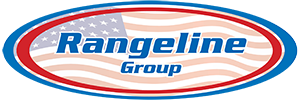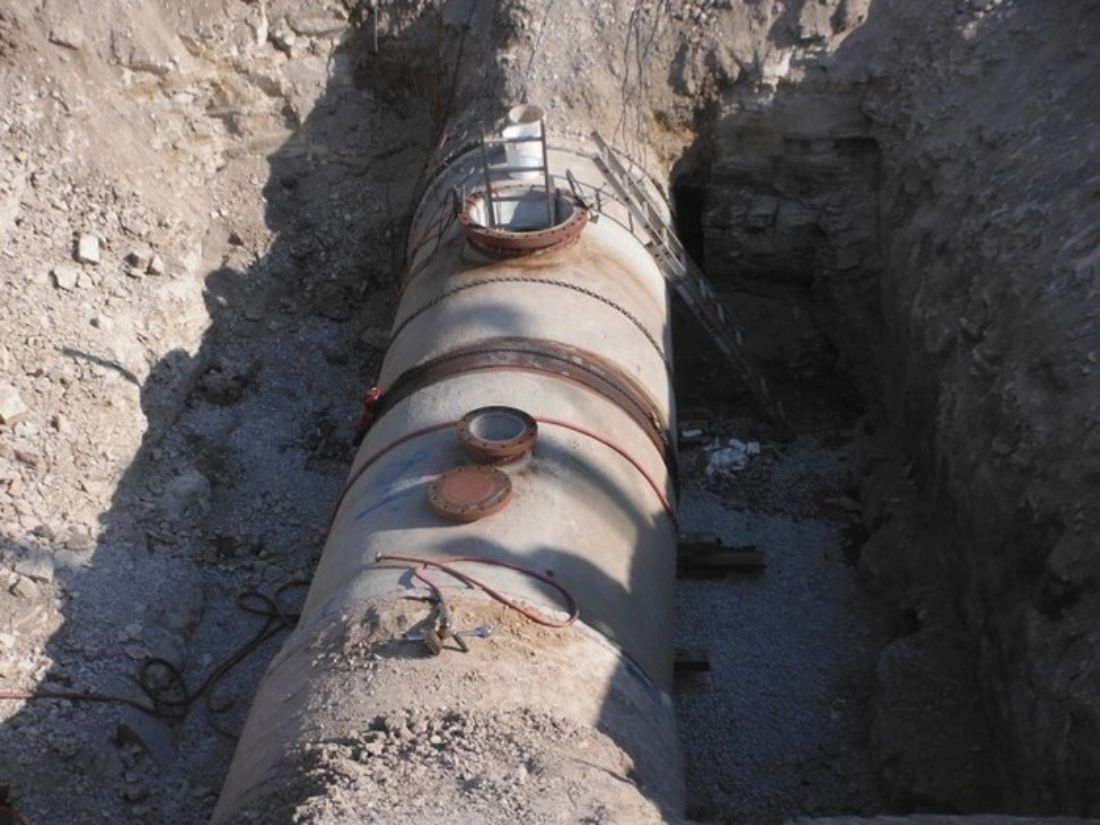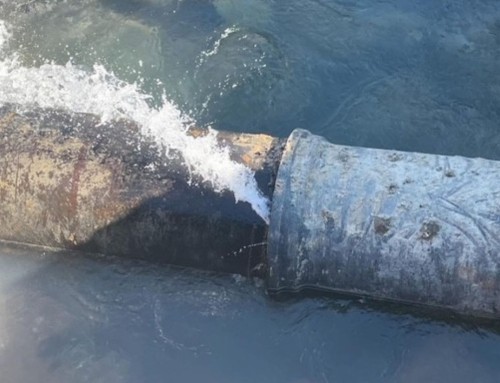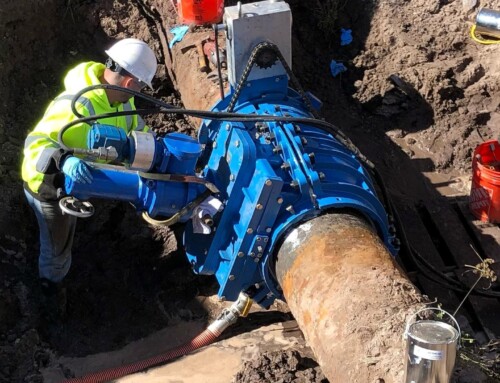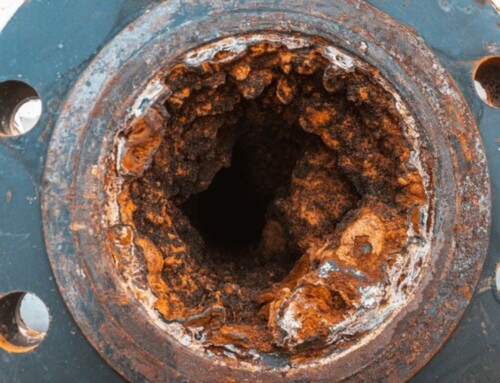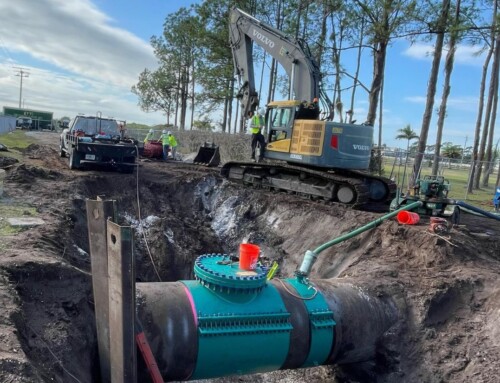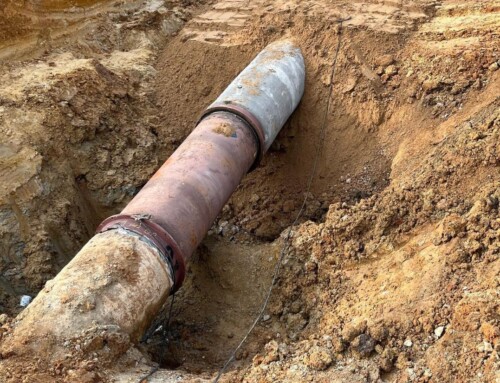For facility managers and property owners, maintaining the intricate network of pipelines can sometimes feel impossible. There are so many maintenance procedures you must follow to prevent a fatal flaw that could be catastrophic for business. However, all that hard work will be worth it in the end, as transitioning from reactive fixes to a preventative pipeline maintenance plan can fundamentally change the game. Here are four compelling reasons why that’s the case.
Reducing Major Repairs and Downtime
Foreseeable challenges still require appropriate action, but acting pre-emptively often significantly reduces the size of the problem. You may be familiar with this scenario: a minor leak goes unnoticed, slowly escalating into a major rupture, which, of course, occurs at the worst possible moment. Regular inspections and maintenance can predict many of these potential issues and allow you to schedule repairs at times that won’t interrupt your operation.
Preventative measures such as pipeline integrity testing, routine cleaning to mitigate corrosion, and using durable coatings on plumbing fixtures could save a property manager many headaches by detecting and addressing problems while they’re still minor. The contrast between a scheduled upkeep and an emergency pipe replacement is the difference between a moment’s pause and days of downtime.
Enhancing Safety and Compliance
Health and safety compliance aren’t just checkboxes on a bureaucratic to-do list; they represent a foundational care for the well-being of anyone interacting with your facility, from employees to the public.
By implementing a preventative maintenance routine, you ensure your pipeline systems meet all regulatory standards while mitigating any potential risks before they become threats. This not only protects against catastrophic incidents but also safeguards your brand’s reputation, which can take years to build and moments to tarnish.
Improving Efficiency and Energy Savings
The structural and operational conditions of your pipeline system directly affect the facility’s energy use and operational efficiency. For instance, just a slight increase in water pressure due to obstructions can lead to a significant spike in energy usage, not to mention the wear and tear it causes on your equipment.
Addressing these issues through preventative measures means optimizing performance efficiency and effectively managing energy consumption. You can also make strategic updates with the help of professional pipeline services, like integrating new water-saving technologies that conserve both resources and finances.
Extending the Lifespan of Your Pipelines
The final reason for having a preventative maintenance plan is that it can help extend the lifespan of your system. By keeping up with regular care, you ensure your pipeline system’s materials are supported against structural weakening and fatigue. This can effectively extend the lifespan of your pipeline network, providing a return on investment that is both long-term and sustainable.
With a reduction in repairs and a better hold on lifecycle management, your infrastructure can weather the years with excellence. This helps prove that the phrase “an ounce of prevention is worth a pound of cure” is especially true in the world of pipelines.
